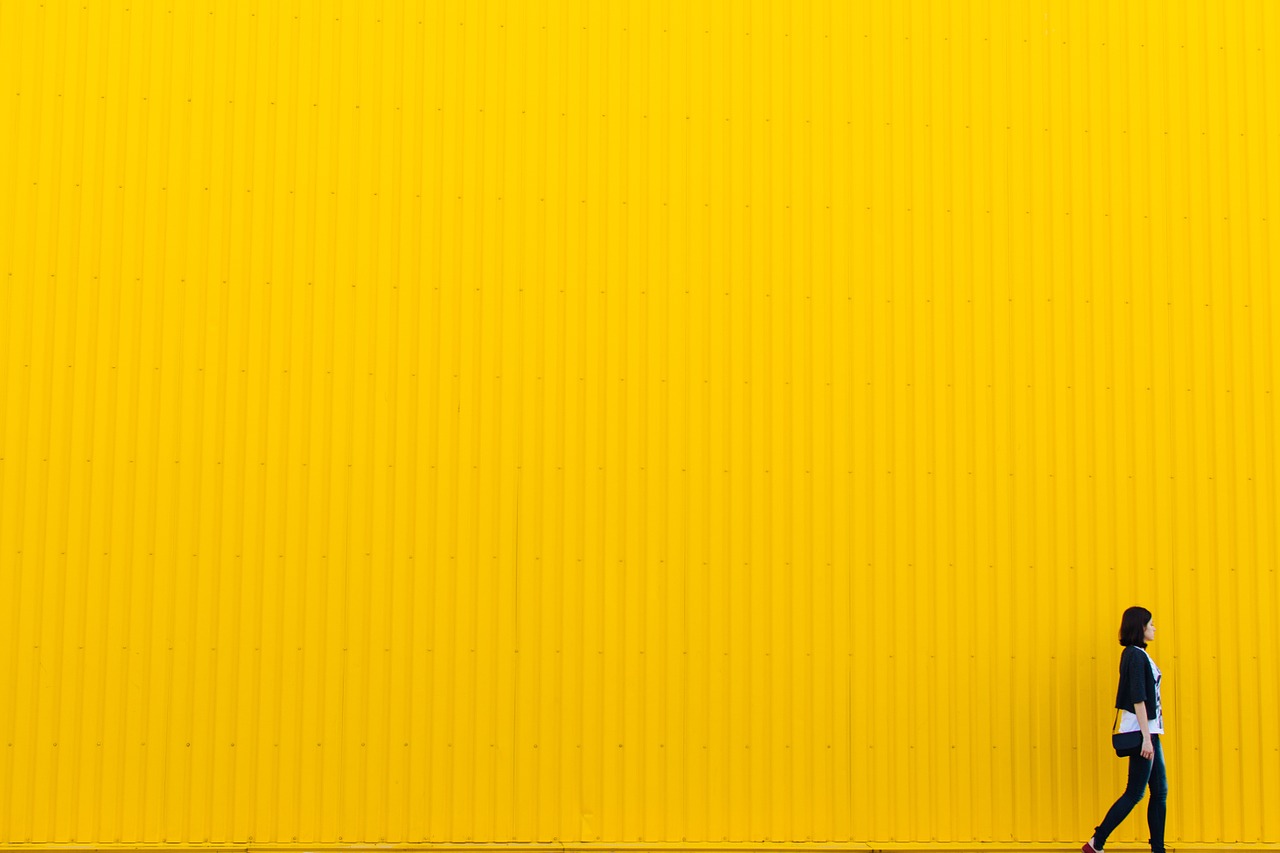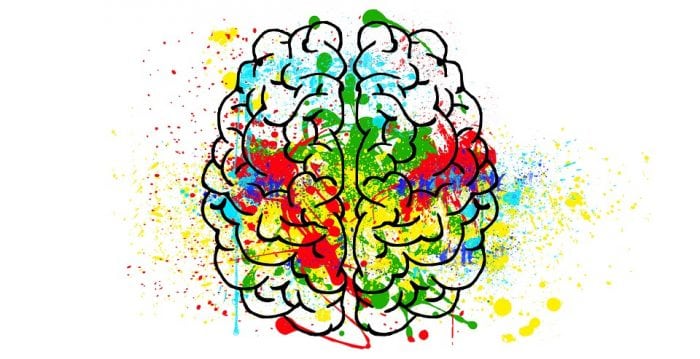
The yellow aesthetic is naturally appealing to people around the world. For whatever reason, humans can be drawn to specific colors such as red, blue, and even yellow, and the reason might be for the sheer reason that it elicits a specific emotion or mood. These colors grab your attention, they stand out among other colors, but the color that probably sticks out the most is yellow.
Yellow is “loud” and can be abrasive, but it’s also very warm and bright and can remind you of past experiences and memories. Believe it or not, there is such a thing as the psychology of color that studies colors and hues and how they determine human behavior. It’s a fascinating study that we will be covering more in-depth later on in this article. To learn more about the color yellow and why we are so attracted to it, and just what the psychology of color is, check out this guide.
Blue is the male principle, stern and spiritual. Yellow the female principle, gentle, cheerful and sensual. Red is matter, brutal and heavy and always the colour which must be fought and vanquished by the other two. Franz Marc
The Color Yellow And Its Aesthetic
Yellow is a primary color located between green and orange on the spectrum of visible light. It can be seen in nature, everyday man-made products, and even in space as light being emitted from distant stars and galaxies (based on temperatures). Now, in the RGB color model (basically where red, blue, and green are combined to form other colors), yellow is a secondary color created by mixing equal parts of green and red.
Yellow coloring in paintings began showing up as far back as 17,000 years ago in the Lascaux cave in France. The Lascaux cave has over 600 different cave paintings comprised mostly of animals and plants from that time period (that we have fossilized records of now). Yellow was used after that in ancient Egyptian tombs as skin coloring and to represent gold. In paintings associated with the Pope and early Christianity, yellow was used to represent Judas and keys of the Kingdom. In China, the color yellow was associated with the emperor and his guests arrived on a yellow carpet.
Speaking of culture, Wikipedia states this about the color yellow (it can be found here):
According to surveys in Europe, Canada, and the United States, yellow is the color people most often associate with amusement, gentleness, humor, and spontaneity, but also with duplicity, envy, jealousy, avarice, and, in the U.S., with cowardice. In Iran it has connotations of pallor/sickness, but also wisdom and connection. In China and many Asian countries, it is seen as the color of happiness, glory, harmony and wisdom
The word “yellow” is Old English and literally means gleaming, bright, or loud. Which, is very fitting for this very vibrant color.
The Psychology And Aesthetic of Color

Image source: Pixabay
Color psychology is essentially the study of how color influences human behavior. Through studies and experiments, scientists have determined that certain colors do affect human behavior and emotion, and that can be used in marketing and even in medications. Now it is important to note that colors affect people on an individual basis and can vary from person to person, so it can’t be said that all people will react to a certain color a certain way. But, in general, most people will react to certain colors based on culture, age, gender, and even sexual orientation.
Color psychology has 6 general principles:
- Color has a specific meaning
- Meaning of color is based on either biological or learned meaning
- The perception of a color causes a person to automatically evaluate a situation
- That evaluation causes color based behavior
- Color influence is exerted automatically
- Color effect and meaning is also based on context, not just the color itself
Below we have listed what individual colors represent to most people. These can be positive and negative feelings or experiences that people have with these colors.
| Color Meanings | |||||||
| Red | Yellow | Orange | Green | White | Purple | Black | Blue |
| Power | Happiness | Mix between yellow and red | Envy | Happiness | Authority | Grief | Calm |
| Lust | Joy | Joy | Good taste | Purity | Power | Fear | Tranquility |
| Love | If it is overused, can be disturbing depending on the situation and context | Tropical | Nature | Light | Royalty | Expense | Traditional color |
| Desire | Warm | Happiness | Money | The color of perfection | Nobility | Sophistication | Stability |
| Danger | Honor and loyalty | Encouragement | Healing | Clean | Wealth | Power | People are more productive in blue rooms |
| War | Cheerfulness | Enthusiasm | Trust and loyalty | Virginity | Creativity | Black has a negative connotation, which is why we wear black to funerals but not to weddings | Least appetizing color |
| Red attracts attention | Babies cry more in yellow rooms than in any other colored rooms | Stimulation | There is a very strong correlation with green and a feeling with being safe | White is the color of faith and purity | Has a sense of stability and energy because of the mixture of blue and red | Black is considered to be very formal and elegant | Blue is associated with boys and men, and is a preferred color by men |
Why Are We Drawn To The Color Yellow?
The question remains; why are we attracted to the color yellow?
In the chart above we italicized the individual reactions and feelings towards the color yellow in particular. One of the common factors is the idea that yellow is very cheerful and joyous, and it typically brings about a happy feeling as opposed to a sad or depressing vibe. Yellow also tends to stand out in an environment as well. Take a look around the room or wherever you are right now. You will probably notice the objects that are yellow as opposed to brown or black, and that’s because the color itself is vibrant and bright and just tends to stand out amongst other colors.
Colors overall impact our daily life more than what we may realize, and can even affect our perception of different situations. If you are interested in learning more about the psychology of colors you check out this website here, they have a lot of really useful information and links that were helpful in my research on this topic.









